二次世界大戰後,石油化學快速發展,塑膠正式從實驗室走入人類生活,短時間內塑膠材料已應用到生活的各個角落且充斥在你我身邊。相較其他材質,塑膠的工業性遠高於工藝性,生產過程中幾乎由電子機械控制,除了技術門檻過高,大眾也難以接觸到製作面向。
With the rapid development of petrochemistry after World War II, plastics have entered human life from the laboratory, resulting in various of its applications to every life corner around us in a short period. Compared with other materials, plastics are far more industrial than technological, with electronic machinery almost entirely controlling the production process. Besides high technical thresholds, it is also difficult for the public to access the production, thus causing an inadequate understanding of plastic products, which is of extensive usage.

探索塑膠在已知領域的不同面向與可能
We explore the diverse aspects and possibilities of plastics in known fields through an experiment on plastic scrap.

(A)_製造 PRODUCTION



(B)_色彩 COLOR
塑膠容易量產且廉價的特性,使人類生活中充斥著大量的塑膠製品,在台灣,高彩度的純色塑膠,散佈在日常中的各個角落,早餐店的黃色醬料罐、路邊攤的紅色塑膠椅,各色塑膠調配出了屬於台灣的樣貌,也間接形成了屬於台灣庶民的日常美學。
Plastic being cheap and easy to mass-produce, our lives become packed full of plastic products. In Taiwan, high-chroma, solid-colored plastics are scattered in every corner of our everyday life, from yellow sauce jars in breakfast shops to red plastic chairs at street stalls. Colorful plastics blend out Taiwan's appearance, indirectly forming the daily aesthetics of the common Taiwanese.
Plastic being cheap and easy to mass-produce, our lives become packed full of plastic products. In Taiwan, high-chroma, solid-colored plastics are scattered in every corner of our everyday life, from yellow sauce jars in breakfast shops to red plastic chairs at street stalls. Colorful plastics blend out Taiwan's appearance, indirectly forming the daily aesthetics of the common Taiwanese.


(C)_實驗 EXPERIMENT
量產行為所餘留的廢料,是大多數人對於塑膠材質印象裡,不曾見過的樣貌,隨著不同塑料的軟硬條件,創造出了線性或團狀的多彩廢料,將這些非人為的產物,以藝術品型態做為基礎,從熟悉的材質到陌生的造型,讓無法被定義的有機物件,以不同視角喚起大眾對於塑膠使用的感受。
The scrap that remains from mass production is something that most people have never seen in their memories of plastic. The soft or hard conditions of different plastics shape linear or lumpy colorful scraps. We take these non-human products as the basis of art forms, ranging from familiar materials to unfamiliar shapes, enabling the undefined organic objects to arouse the public's sense of plastic usage from distinctive outlooks.
The scrap that remains from mass production is something that most people have never seen in their memories of plastic. The soft or hard conditions of different plastics shape linear or lumpy colorful scraps. We take these non-human products as the basis of art forms, ranging from familiar materials to unfamiliar shapes, enabling the undefined organic objects to arouse the public's sense of plastic usage from distinctive outlooks.

展 EXHIBITION [ 因應COVID-19疫情警戒升級 展覽於5/15提早結束 ]


展覽傳單 DM
以工廠出貨前使用的封箱膠帶作為傳單形式
讓量產的結束作為思考塑膠可能性的開始
讓量產的結束作為思考塑膠可能性的開始



